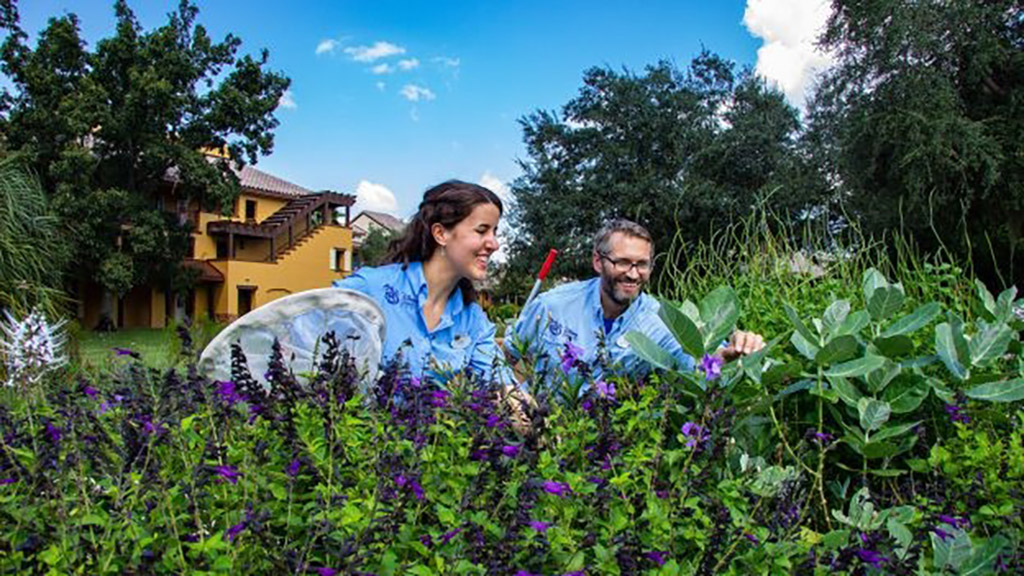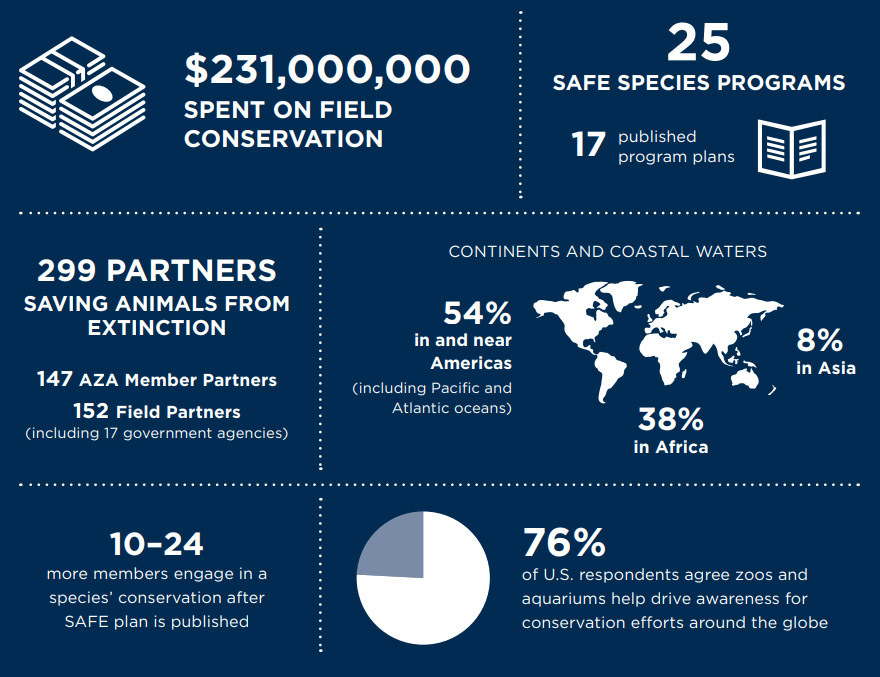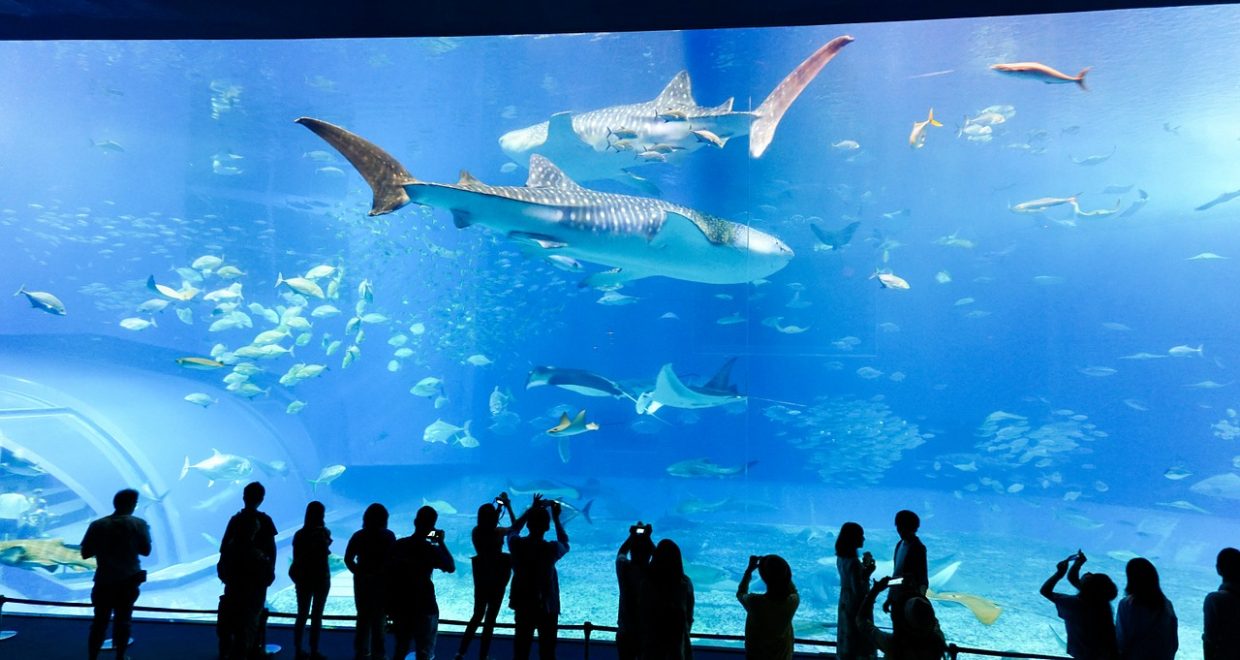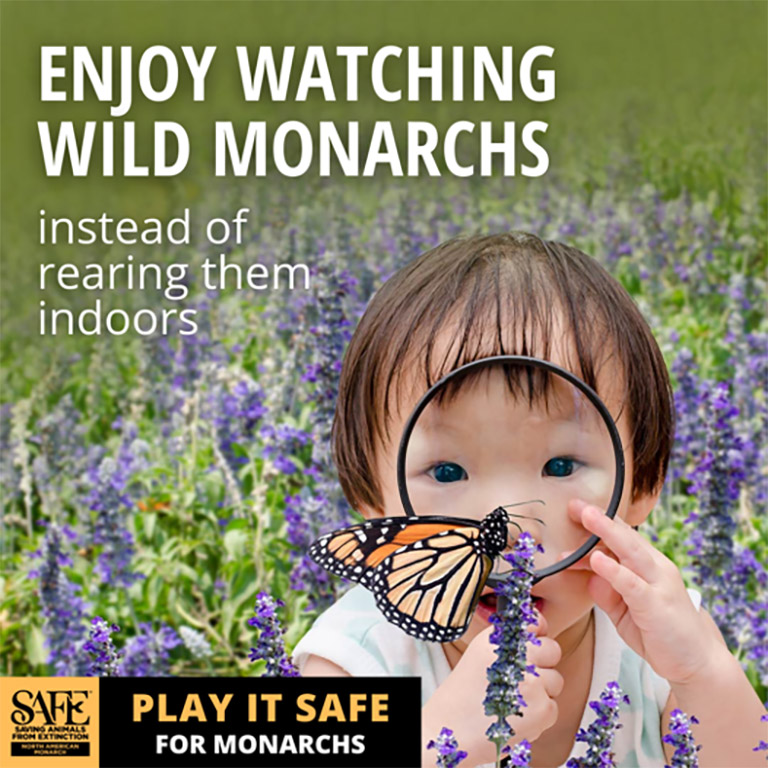Are zoos and aquariums collaborating or competing through partnerships?
The paper ‘Conservation networks: are zoos and aquariums collaborating or competing through partnerships?, published in Environmental Conservation, has been chosen as the latest addition to the Editor’s Choice Collection
Like millions of people around the world, I grew up in awe of wildlife because of days up close with animals at my local zoo. Getting close enough to care helped shape my career path.
Now I study zoos and aquariums as I evaluate the role that these institutions play in the conservation of biodiversity. How can zoos and aquariums lead their communities and mobilize the millions of animal lovers on our planet for wildlife conservation?
Environmental problems are so complex that a single organization cannot solve them alone. Every action and project helps of course, but limited resources and staff time often restrict many conservation organizations from reaching all of their conservation goals. Instead of stopping at the assumption that more conservation projects will lead to the best potential outcomes, organizations can use partnership strategies to enhance their impact.

Zoos and aquariums are committed to wildlife conservation, and are increasingly participating in, and even leading environmental conservation projects. But zoos face much competition for their resources, so there is a real need to be as efficient as possible. To extend their reach, zoos and aquariums form collaborations. However, every partnership is not the same. Examining the social network structure of conservation partnerships can reveal how resources are used and if projects can reach their outcomes. In this study, we explored the structure of conservation partnerships to assess the degree to which zoos, aquariums, and conservation organizations are working collaboratively versus functioning independently of one another.
From a sample of thousands of projects across hundreds of zoos and aquariums, we found over 3,000 partnerships in a previously hidden social network. Despite the impressive number of organizations woven together in this network, the network structure show many gaps between zoos.
Although zoos are already playing a key role in conservation, many organizations could increase their impact without increasing their financial investment, simply by working more collaboratively with other organizations with shared missions. Many zoos are holding on by the thread of just one partner and over 30 organizations are attempting to tackle environmental conservation all on their own without any partners.
By reflecting on our findings, zoos and aquariums can rise to the urgent challenge of biodiversity conservation and lead their communities to have real conservation impact. These concepts are starting to take shape in the Association of Zoos and Aquariums’ SAFE: Saving Animals from Extinction program.

For example, the SAFE North American Monarchs program has started the largest collaboration between zoos, aquariums, and conservation organizations to date, for continent-wide conservation efforts! We also know that we can’t stop there, we need to continue to push for collaboration beyond our institutions but through the many communities we can reach and inspire to action.
We need everyone working together to build movements for change that can help protect the wildlife we love. Check out ways you can help the SAFE Monarch program here, and how zoos like Disney’s Animal Kingdom® are saving wildlife with your help!
The paper ‘Conservation networks: are zoos and aquariums collaborating or competing through partnerships?, by Lily Maynard, Christopher McCarty, Susan K Jacobson and Martha C Monroe, is freely available as part of the Environmental Conservation‘s Editors’ Choice collection.







